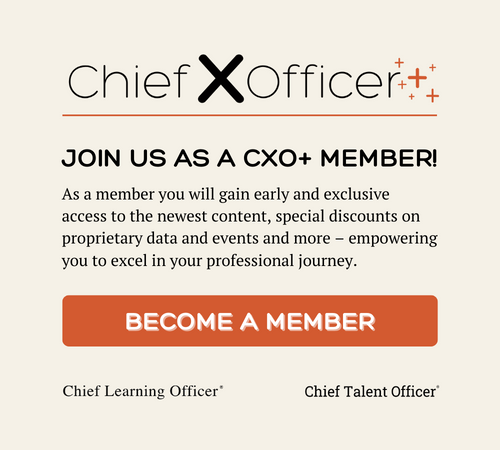The pandemic permanently changed the world’s workforce. People contemplated what matters and now seek purpose and meaningful work at record levels. One study found that two-thirds are rethinking “the place that work should have in my life” and another found that 70 percent of people define their purpose through work. This shift drove the great resignation and continues to shape how employees make decisions about where they work and how long they stay.
Well-being: Happiness plus purpose
Ancient scholars identified two types of well-being, and today’s neuroscientists confirm that they’re different, each activating separate brain systems. Hedonic well-being focuses on attaining happiness and pleasure. Happiness is more immediate, with a fleeting sense of pleasure or joy. In contrast, eudaimonic well-being results from striving toward meaning, purpose and potential. Its hallmark is longer-term, deeper sense of fulfillment or satisfaction.
We can think of purpose as an overarching sense of what matters in a person’s life and gives them a sense of meaning. Purpose is self-transcendent, where your actions result in service or benefit to others. Today’s workers seek to increase their well-being through working at purpose-driven organizations.
Continuum of purpose-driven organizations
Purpose-driven organizations will soon become the norm as employees and consumers demand it. All organizations have a purpose of some type, but the scope of that purpose has evolved dramatically in the past decade.
In their research, Raj Sisodia and Michael Gelb articulate four stages: profit-driven, purpose-affiliated, purpose-driven and healing-driven. Today’s workers seek organizations committed to doing social good and even repairing damage from the past.
McKinsey found only 7 percent of Fortune 500 CEOs believe their companies should “mainly focus on making profits and not be distracted by social goals.” The new norm is the “triple bottom line,” which Harvard Business School calls the three Ps: profit, people and planet.
Gallup found only 40 percent of employees strongly agree that the mission or purpose of their organization makes them feel their job is important, stating, “It’s not enough to say and do the right things: Organizations must be good, with a business model that makes the world better.”
Failing to do so will cost your organization current and future employees. Millennials — 75 percent of the global workforce by 2025 — look at a company’s stance on social and environmental issues before they apply for or accept a job. Once they onboard, they expect transparency and action from their leaders.
Becoming a purpose-driven organization not only benefits talent management, but also drives consumer loyalty as people seek a sense of purpose through their purchasing decisions. Nearly half of consumers stop buying or even actively boycott a brand’s products if they’re disappointed with its stance on a social issue. Further, if a brand is socially responsible, Gen Z is 85 percent more likely to trust that brand, 84 percent more likely to buy its products and 82 percent more likely to recommend it to others.
Strategies for talent leaders
Consider using the following five strategies to build a purpose-driven organization.
- Give your executives the skills they need to create a purpose-driven organization. The executive team needs to work effectively to expand the stakeholder model, listen deeply to various groups and articulate an inspiring vision. Accelerate your progress by providing relevant training and ensuring accountability.
- Invest time and energy in identifying the organization’s purpose, including the social good it does for the world. Clearly state your purpose, values and evidence of your impact on social issues like equality and the environment. Employees are looking for this information — as well as your social responsibility policies and opportunities to participate — before they apply.
- Embed your organization’s purpose into the hiring and onboarding process. Walk your talk by showcasing purpose throughout the process. More importantly, ensure it’s being modeled by staff, because incongruity will be noted, especially by top talent who have many options for where they work.
- Train managers on how to enliven purpose and meaningful work on their teams. Your employees’ experience of your organization’s purpose and culture lives in their manager’s daily words and actions. In fact, 57 percent of employees quit a job because of a poor manager and 84 percent say poorly trained managers create unnecessary stress. Managers play a vital role in aligning each employee’s purpose with the job and organization. Managers also need to create psychological safety and experiences that help people connect with their colleagues, because relationships are essential to making work meaningful.
- Identify and address violations of your organization’s purpose/values. Studies show that perceived hypocrisy is the most damaging to engagement and retention, so protect your good efforts by creating clear accountability and consequences.
These strategies can help you attract and retain top talent. People are hungering to do meaningful work and contribute to an organization that is making a difference. Make it easy for them to see that yours is where they want to be.











